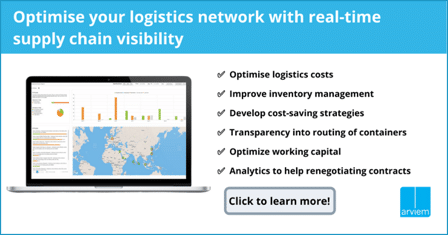In a JOC.com article from last week a US congresswoman is quoted as following: “I have said it once and I will say it again, we need 100 % container scanning at our ports. The risks are too high not to.”
I’d like to use an analogy in the discussion about 100% container scanning.
Imagine you have your house inspected by the police to make sure no thief is in the house who could harm you or steal your valuable goods. After successful inspection, the police move away and your house remains unguarded and unlocked.
There is a short moment the house can be considered secure and trusted. But shortly after, the house is wide open again for any gatecrasher.
Even worse. Because of the inspection, you feel secure and you lose any usual caution, which could lead to the situation of being negatively surprised easily.
The discussion about the 100% container scanning is comparable with the house inspection.
For a short moment the container might be marked as secure, if the scanning data can be interpreted correctly. Already shortly after, however, the container is again open to hostile manipulation without any protection. And because the container is marked as secure by a Governmental Agency, nobody will doubt any moment, that this specific container is secure.
We all know, that the intrusion into a container from any side is an easy job for a trained person. And therefore – trusting a container, which is marked secure but remains unmonitored, is naïve and dangerous.
In my opinion, it is more reasonable to inspect a container at the point of loading (as most C-TPAT Tier III companies are doing anyway). After inspection and loading, the container should be monitored by a solution/service like the Arviem real-time cargo monitoring service. It allows to detect any intrusion in real-time. It also allows detecting deviations from the route and/or shipment plan. And the events or alerts can be sent immediately to the responsible authorities in order to take immediate actions.
Such a procedure would be more effective and efficient and would also be supported by the shippers, as they have a commercial benefit from real-time monitoring as well.



